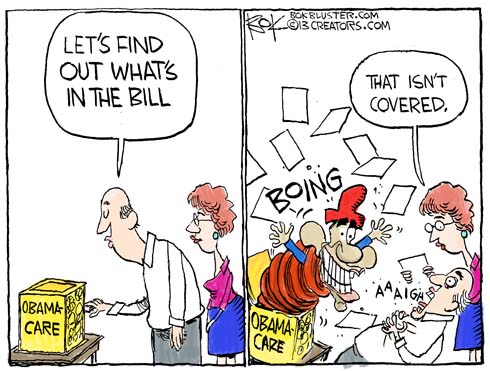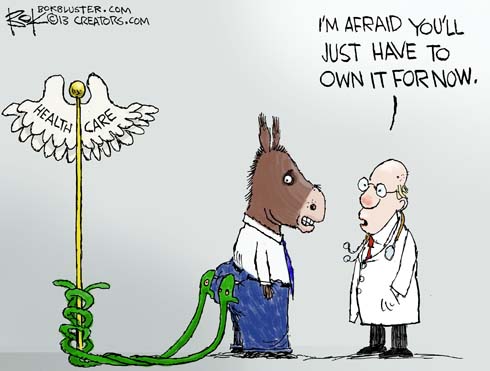Category Archives: Newpapers
Benghazi: Bad Movie Review or Act of Terror?
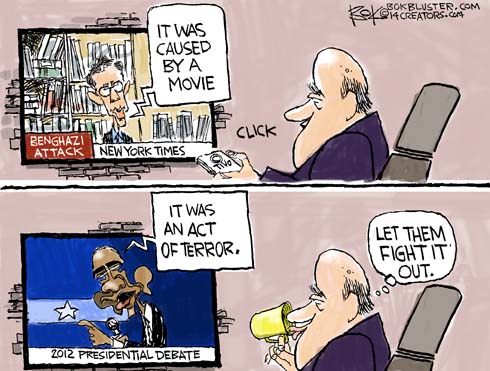 David Kirkpatrick wrote a long piece in the NYT December 28 that said the attack on Benghazi was the act of a bunch of locals very pissed off about a movie. The Washington Post later reported that a former GITMO detainee who had trained under Osama bin Laden and fought with the Taliban played a role in the attack.
David Kirkpatrick wrote a long piece in the NYT December 28 that said the attack on Benghazi was the act of a bunch of locals very pissed off about a movie. The Washington Post later reported that a former GITMO detainee who had trained under Osama bin Laden and fought with the Taliban played a role in the attack.
As they say, “what difference does it make?” Well, President Obama did say that al Qaeda was on the run and headed for defeat. After the attack Susan Rice went on five Sunday news shows to say it was caused by the internet video. And Hillary promised the father of murdered Navy Seal, Tyrone Woods, that they would prosecute the movie maker.
Was Benghazi a Bad Movie Review or Act of Terror?
The fact is the mystery of Benghazi can easily be solved by the man himself. In the second 2012 presidential debate Obama insisted that it is was an act of terror.
Here’s Andrew Wilson’s review in The American Spectator.
Pajama Boy
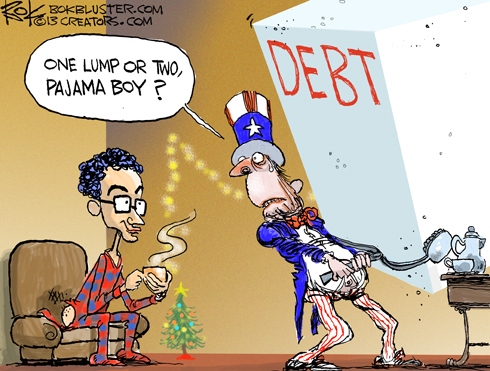 The Obama Election Committee for Life, Organizing for Action, is promoting the joys of ObamaCare to young people. For Thanksgiving they urged the young invincibles to talk turkey about healthcare at family gatherings. For Christmas they introduced Pajama Boy when they tweeted this image while advising the faithful to:
The Obama Election Committee for Life, Organizing for Action, is promoting the joys of ObamaCare to young people. For Thanksgiving they urged the young invincibles to talk turkey about healthcare at family gatherings. For Christmas they introduced Pajama Boy when they tweeted this image while advising the faithful to:
Wear pajamas. Drink hot chocolate. Talk about Getting health insurance.
Pajama Boy
Pajama Boy was the instant butt of jokes all over the country. Which means he got millions in free publicity. Even on Bokbluster.
Lie of the Year Award
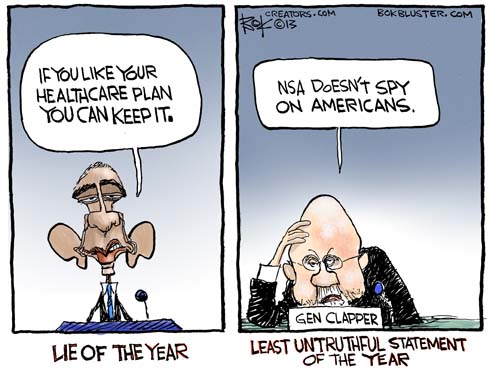 PolitiFact honored the president with its Lie of the Year award for saying “if you like your healthcare plan you can keep it”.
PolitiFact honored the president with its Lie of the Year award for saying “if you like your healthcare plan you can keep it”.
When Senator Ron Wyden asked National Intelligence Director James Clapper if NSA collected data on millions or hundreds of millions of Americans, Clapper answered, “No.”… “not wittingly”.
Now that we know NSA tracks everyone’s calls, including Angela Merkel’s, Andrea Mitchell asked Clapper why he lied. Clapper complained that Wyden had asked about secret operations in a public forum and that he answered him in the “least untruthful manner”.
What’s in the Bill
We really shouldn’t be surprised to find out what’s in the bill.
Edie Littlefield Sundby wrote a WSJ op-ed about the ordeal of losing her health coverage. Her insurer wasn’t a “bad apple”. UnitedHealthcare spent 1.2 million for her cancer treatment. The op-ed went viral.
The journal has an editorial today suggesting that the purpose of ObamaCare is that everyone gets equal care, not 1.2 million in cancer treatment. Sounds like Edie should just take the painkiller.




